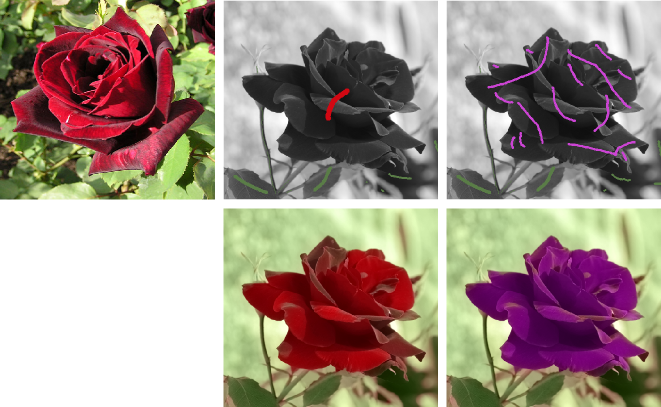This axis focuses on the development of new methodologies for large data analysis such as histograms, images, or point clouds, based on concepts from the optimal transport theory. This methodology results in the use of non-Euclidean metric (such as Wasserstein distances) to extract the geometrical information in the presence of non-linear sources of variability in the data. In this context, a new method of Principal Component Analysis based on the Wasserstein distance has recently been proposed with applications to statistical analysis of histograms.
The use of optimal transport has also been proposed for various image processing problems. By generalizing transport distances by regularizing the associated transport plans, new image interpolation methods were developed for applications in oceanography. The Wasserstein distance was also considered to more traditional problems such as image segmentation or color transfer.
